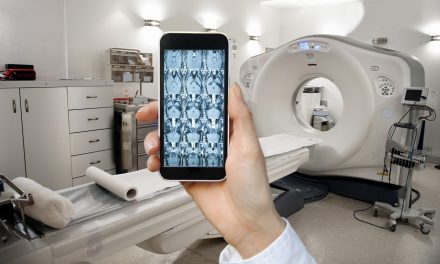Premier Safety Institute sent out the September issue of their (usually) excellent Safety Share newsletter today. Here was the lead item (emphasis in original):
A major move to improve the safety of medical devices - On September 21, Congress approved a law requiring the Food and Drug Administration (FDA) to put into place a unique medical device identification system.
Pshaw! The newsletter went on to report that Premier surveyed 1,000 hospitals in an effort to claim a safety benefit from implementing such a system. Let's look at this survey (you can download your very own copy here.)
(Identification industry proponents refer to these unique identifiers for medical devices using the acronym "UID.")
The first red flag is Table 1, listing the job types of survey respondents. It seems that biomedical or clinical engineers didn't respond to the survey. As the one department in hospitals responsible for patient safety and medical devices, this group should be identified. Instead we're left to guess if "clinical support" or "Facility/environment" somehow includes biomeds.
Table 2 includes the survey questions. Of note here is question 2, "Do you have a system or database, beyond the individual patient record, to track or record medical devices that are implanted in a patient?" Only 46% of respondents said yes. Question 3 asks how patient care equipment (i.e., medical devices like infusion pumps or patient monitors) is labeled: 65% handwritten or text, 28% bar code, and 2% RFID.
The fact that most hospitals don't log implanted devices, beyond the patient chart, is embarrassing. How do these hospitals get accredited? Because biomeds tend to be so obsessive about documenting patient care devices, question 3 is worded differently. The end result is the same, regardless how the device is identified, biomeds do a good job of documenting and tracking devices - recalled or otherwise.
Question 4 asks how recalled devices are located: 42% manually review patient records (implants?), 58% and 40% review manual and electronic logs respectively (patient care devices?).
To this point, we have interesting data on sloppy recording of implanted devices. There is no data that shows problems with identifying or locating patient care devices. Nor is there anything in the survey that indicates that a UID would improve patient safety - implanted devices that are not logged are a problem whether they have the current "unique identifier" known as a serial number, or a UID.
Question 6 shifts gears asking, "to what degree do you believe that having a unique device identifier system would enhance patient safety by improving your current process for recording device information and tracking recalls?" This question conflates the numbering scheme with an improved process when in fact they are separate issues.
According to what Premier has to offer, the safety claim of a UID is bogus. Patient safety improvements are all dependent on improved hospital operations, and not on the numbering scheme used to identify medical devices.
Perhaps some supply chain expert can tell us why a UID would perhaps lower health care costs. While less compelling and sexy than improving patient safety, lowering costs is at least believable.
Pictured right is a typical asset tag. Tags like this, combined with medical devices' current unique identifiers, can support all the patient safety improvements attributed to UID.



Recent Comments